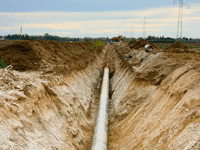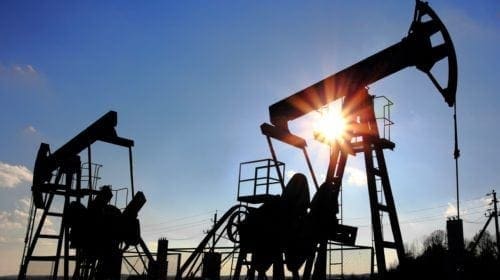Take your pick as to the reason why the Keystone XL pipeline is necessary for the future of the U.S. Most of the following items could be reason enough to finish the construction of the pipeline: jobs, economic impact, national security, safety, and finally, imported resources from non-Middle Eastern countries.
It does not take rocket science to see the obvious positives of why this pipeline should be completed. It is also obvious that the latest veto from the White House is strictly political in nature. Let us be perfectly clear, the Keystone pipeline will be completed. Unfortunately, it will most likely not be completed under the current administration.
It is important to break down a few of the key facts surrounding the construction and completion of the project. It is also necessary to look at some basic pipeline and railroad facts before spelling out the specific effects of the Keystone pipeline.
Currently, over 2.5 million miles of pipeline is already in place beneath the soil of the continental U.S. Breaking that number down further, of those 2.5 million miles of pipeline, 185,000 miles carries liquid petroleum-based products, 320,000 miles of pipeline carries natural gas, and 2 million miles of pipeline is dedicated to gas distribution. In addition, 8.5 million barrels of petroleum-based products are transported via pipeline each day. And the White House wants to veto this one pipeline?
Now that we have the basic pipeline information before us, let us spell out the details surrounding rail car transportation of petroleum-based products. According to the Wall Street Journal, around 930,000 barrels of oil per day is transported by rail car. Again, according to the Wall Street Journal, those 930,000 barrels per day is the equivalent of 17 miles of rail cars a day. Yet, the White House seems to think that this one pipeline is a bad idea?
Now, pertaining to the Keystone pipeline, a total of 830,000 barrels of crude oil a day can be sent from Canada to the U.S. Those 830,000 barrels per day that could be safely in a pipeline, will be transported by over 1,400 rail cars a day. Those resources can be used to make everything from gasoline, diesel, and aviation fuel to nearly every product in your home that was not grown in the backyard.
So while this projected pipeline would have 20,000 monitored data points for safety and would keep over a half a million rail cars a year off of the tracks, another veto has occurred. All of these safety facts fail to even make mention of the 42,000 jobs that would be created during construction, or the $3.4 billion effect on the national GDP, or the $2 billion increase in employee earnings.
The simple safety facts also leave out that the country would become significantly less dependent on foreign resources, moving the nation one step closer to energy security.
But, for the sake of politics and pandering to the environmentalists, the Keystone XL pipeline has been vetoed yet again.
Don Briggs is the President of the Louisiana Oil and Gas Association. The Louisiana Oil & Gas Association (known before 2006 as LIOGA) was organized in 1992 to represent the Independent and service sectors of the oil and gas industry in Louisiana; this representation includes exploration, production and oilfield services. Our primary goal is to provide our industry with a working environment that will enhance the industry. LOGA services its membership by creating incentives for Louisiana’s oil & gas industry, warding off tax increases, changing existing burdensome regulations, and educating the public and government of the importance of the oil and gas industry in the state of Louisiana.












